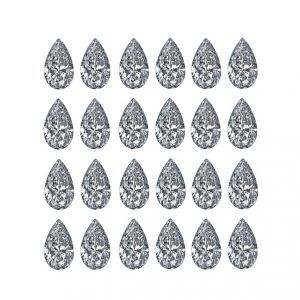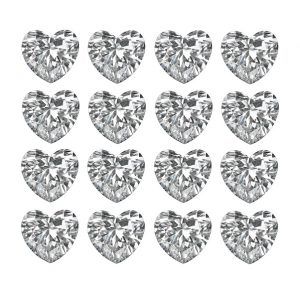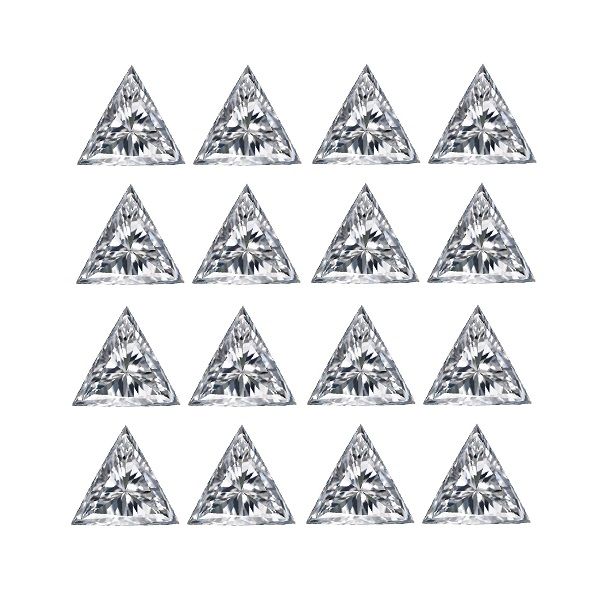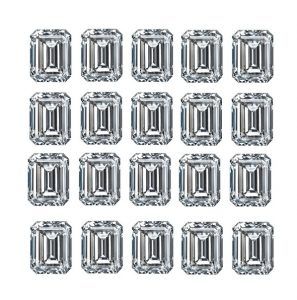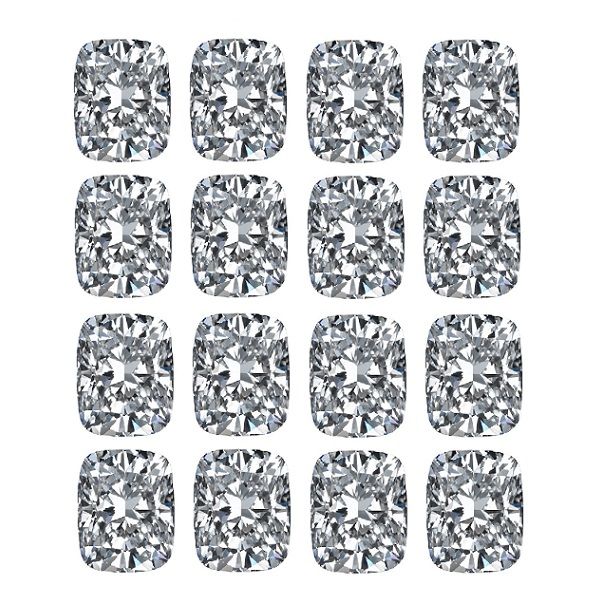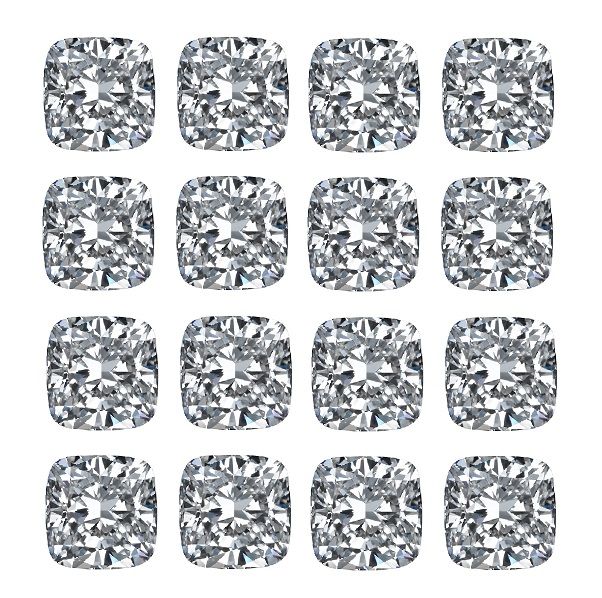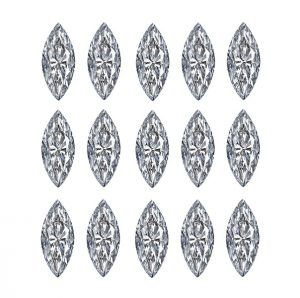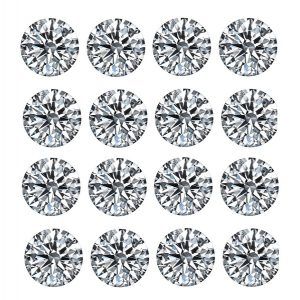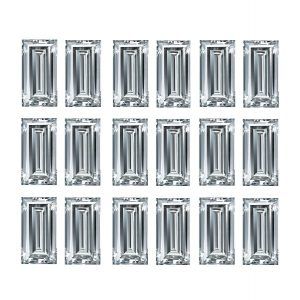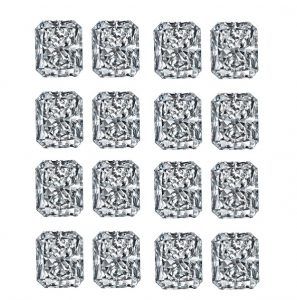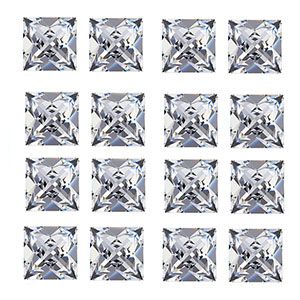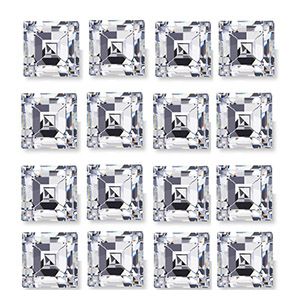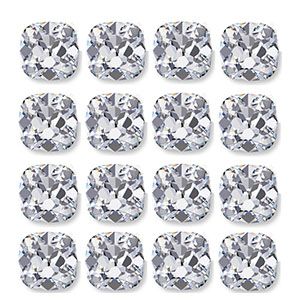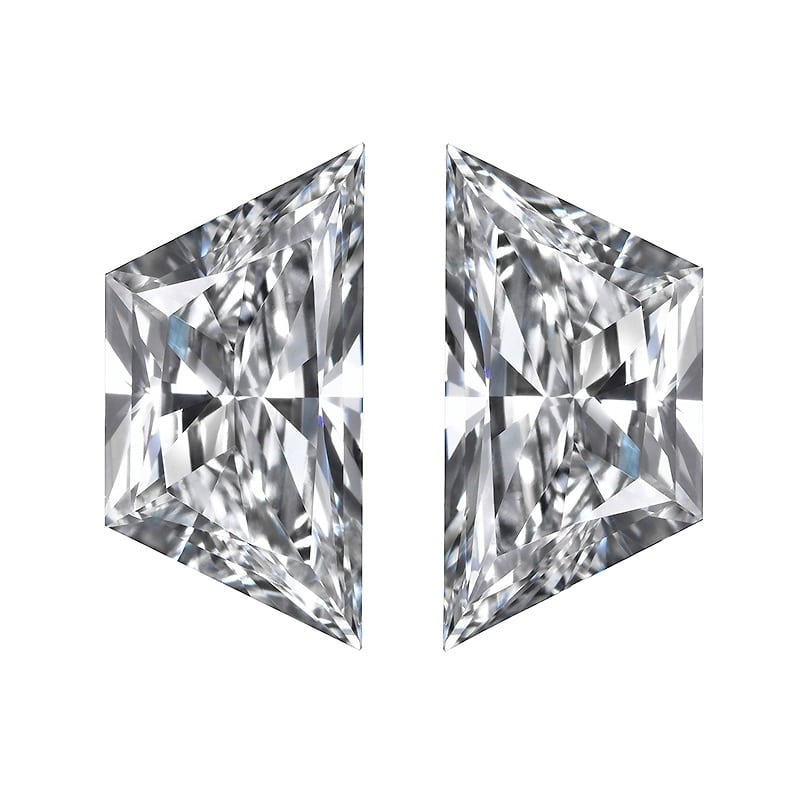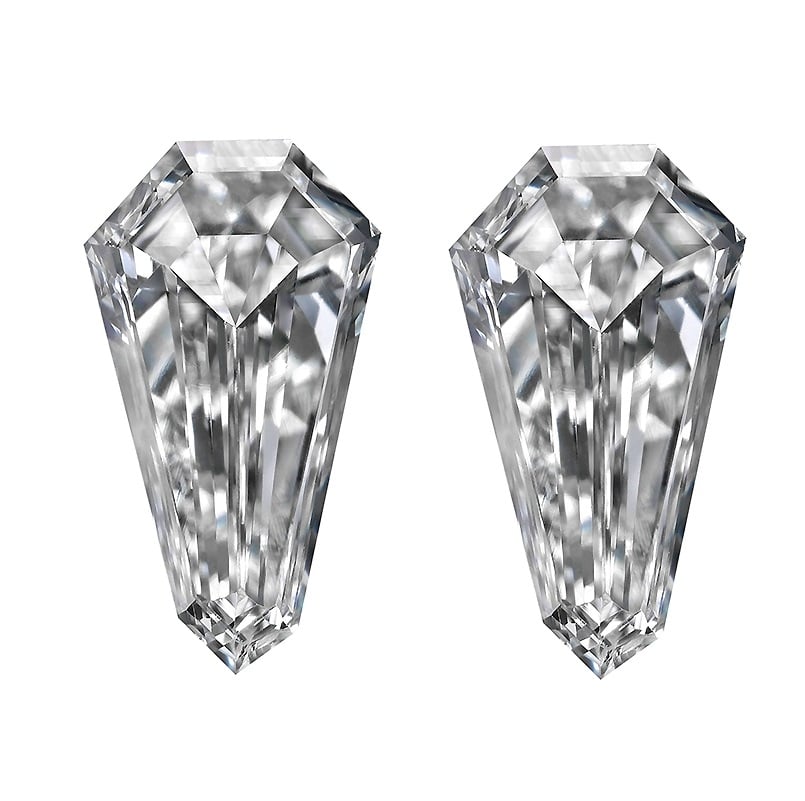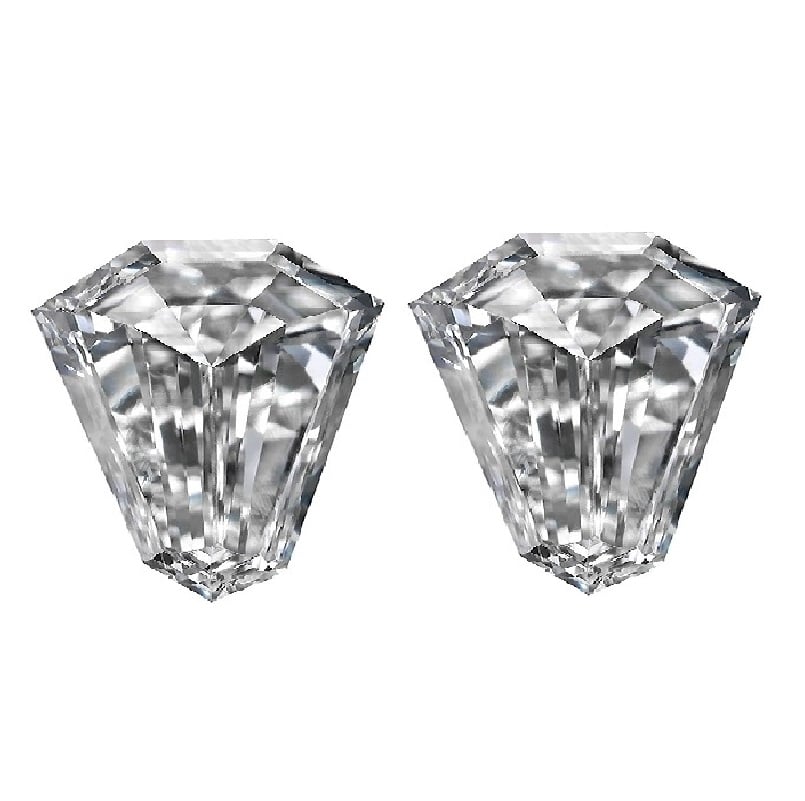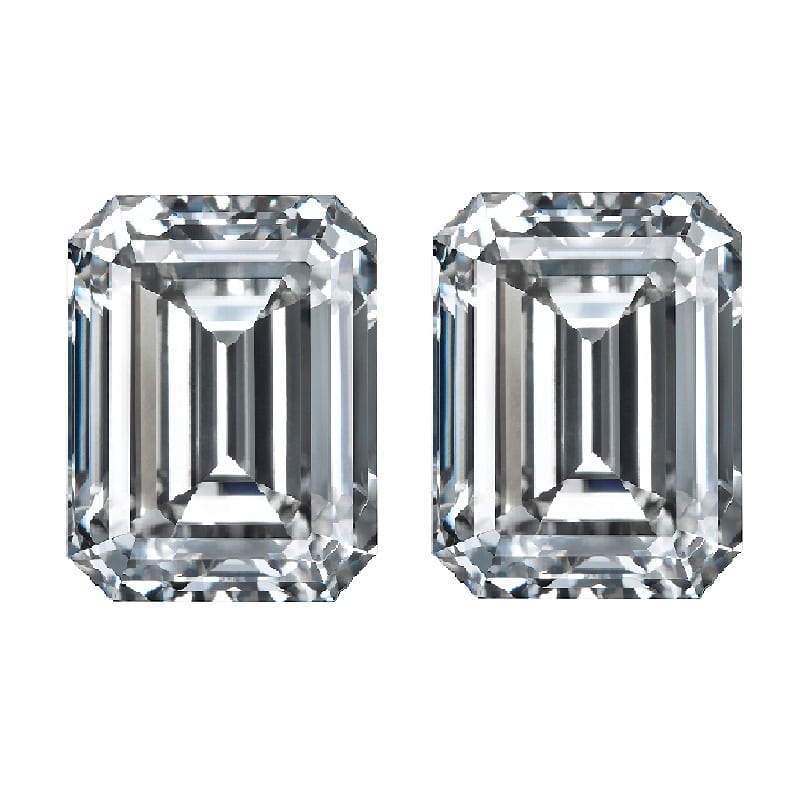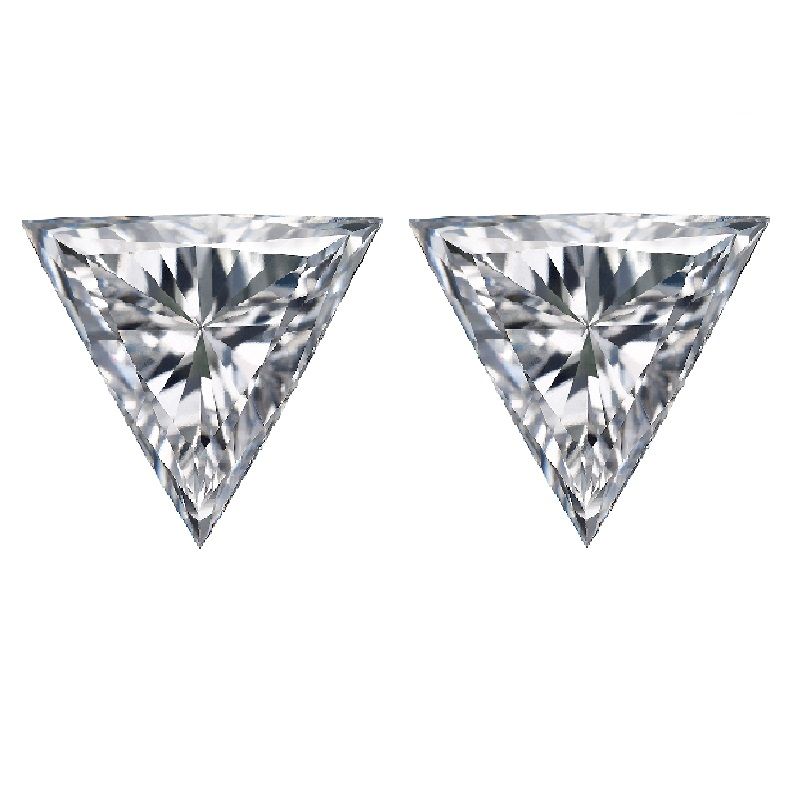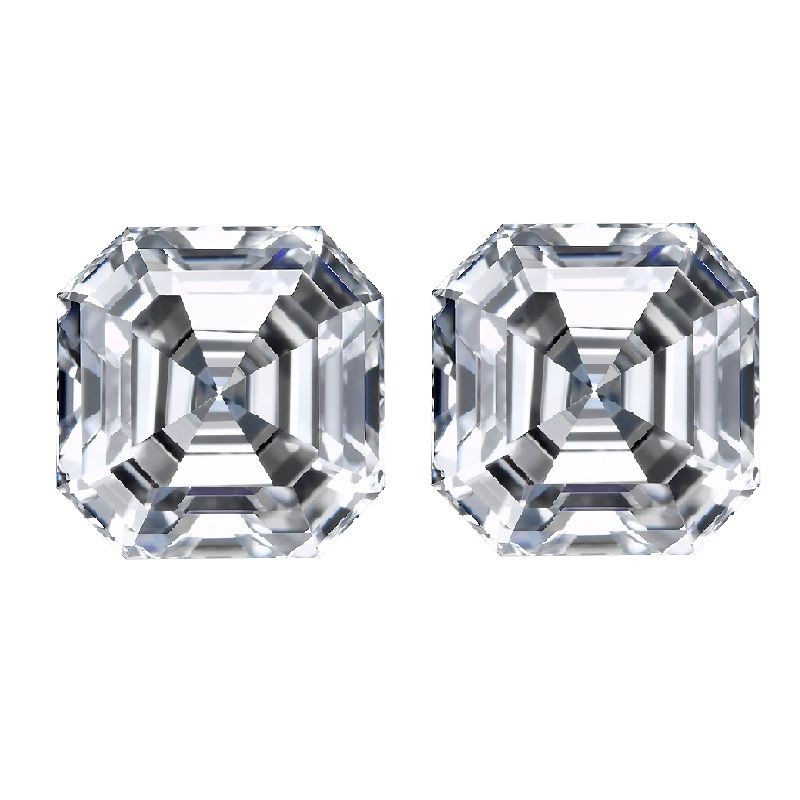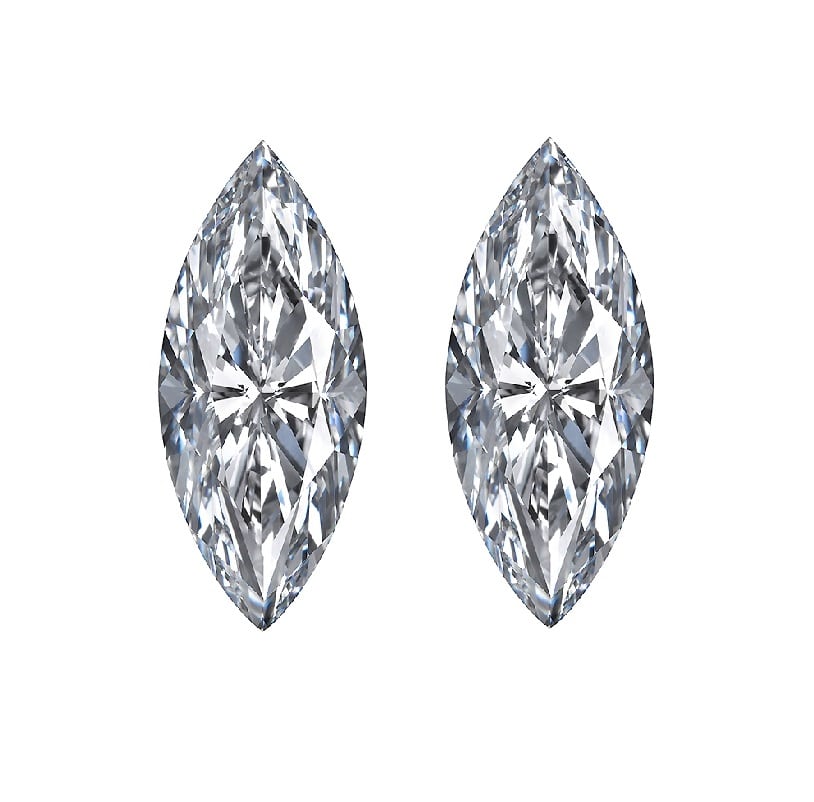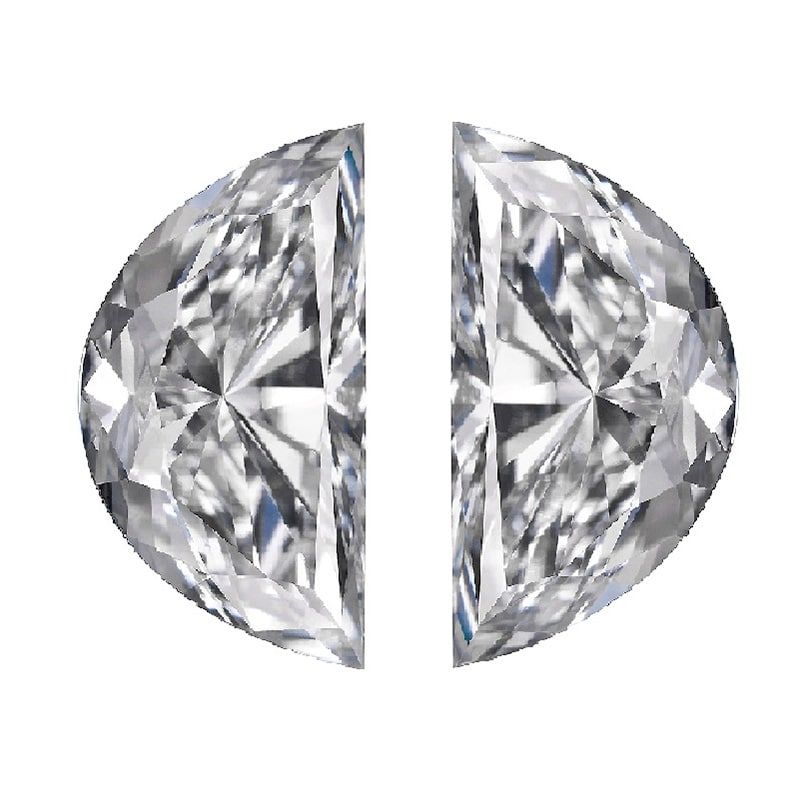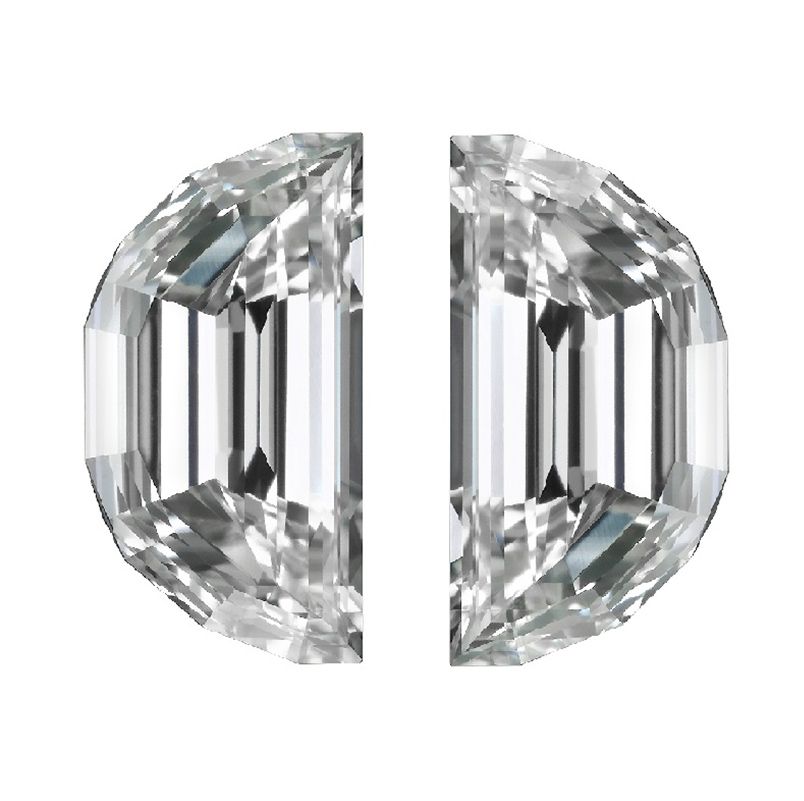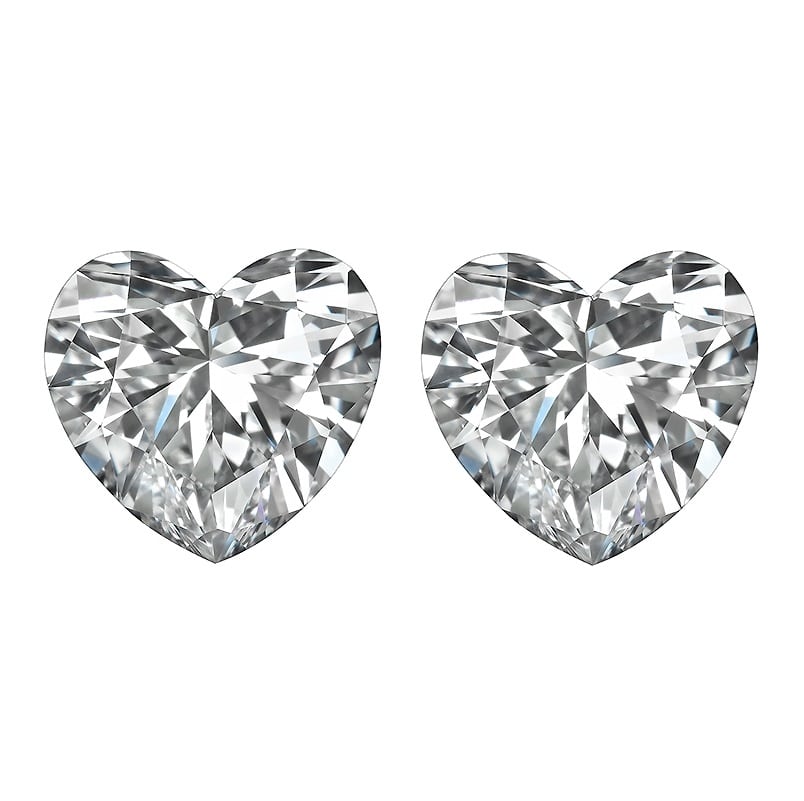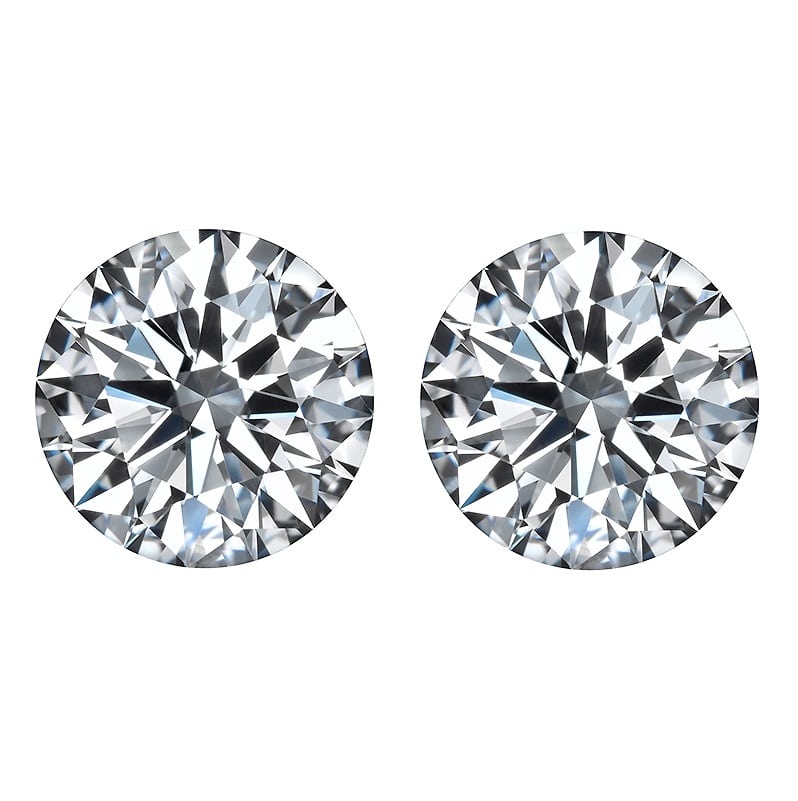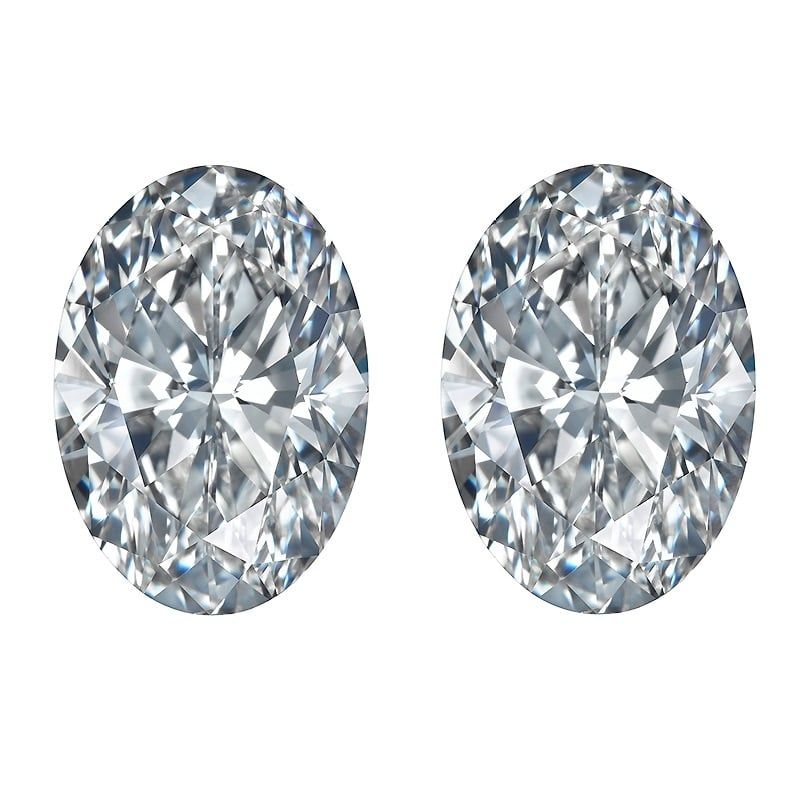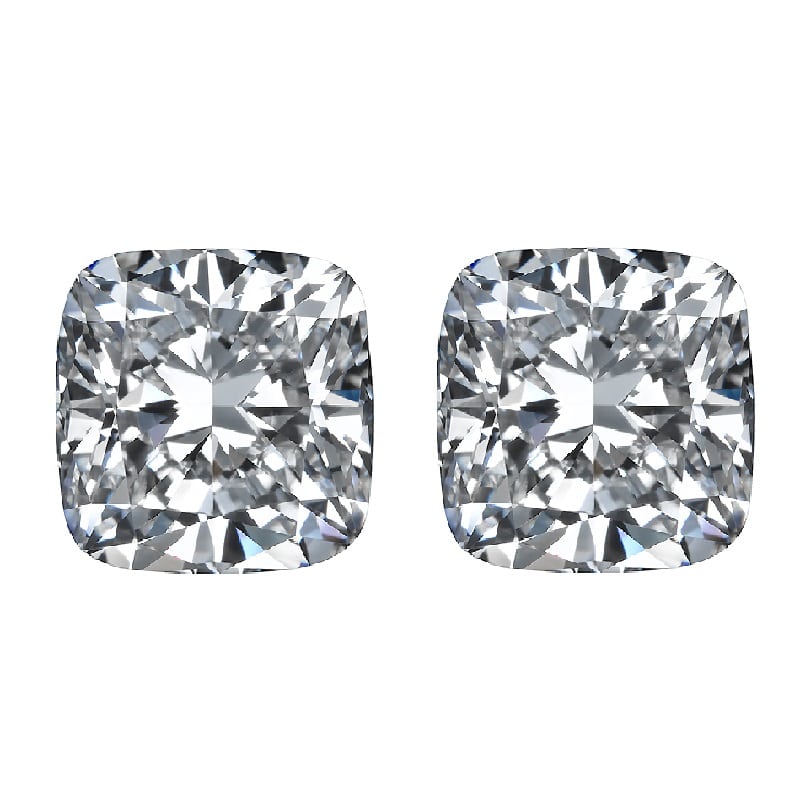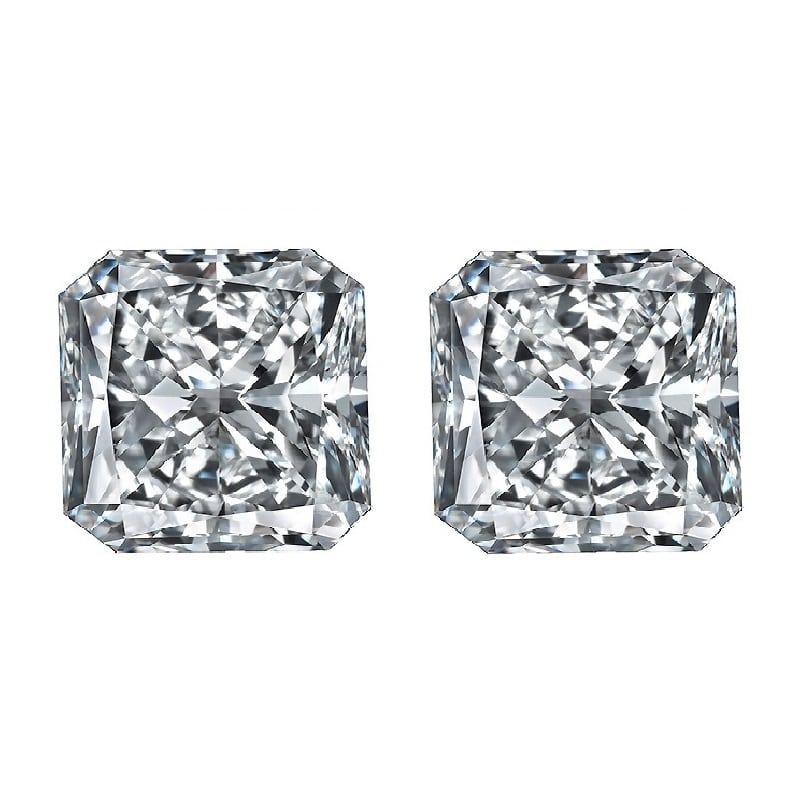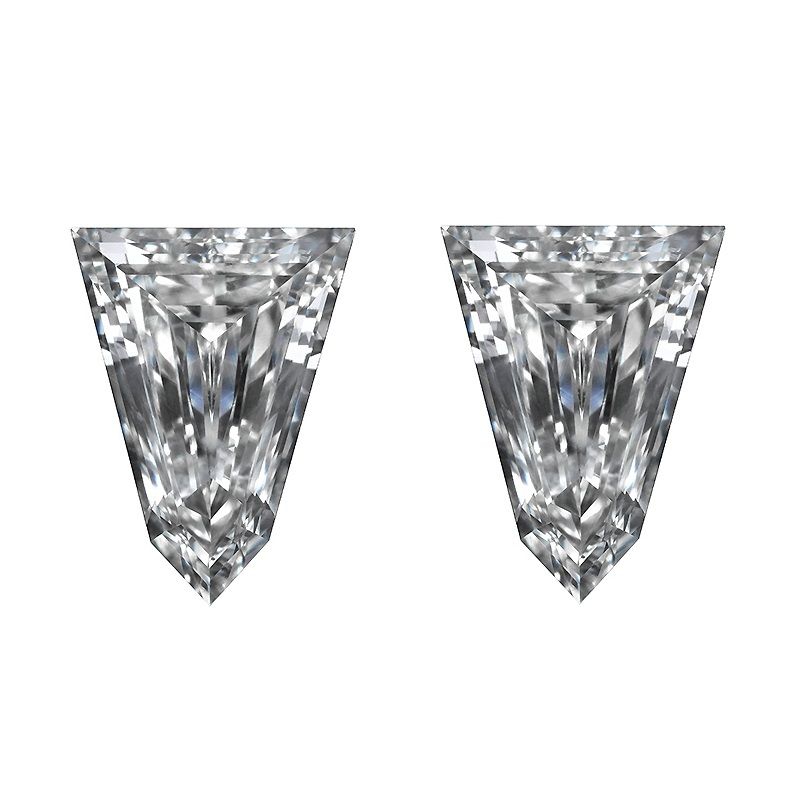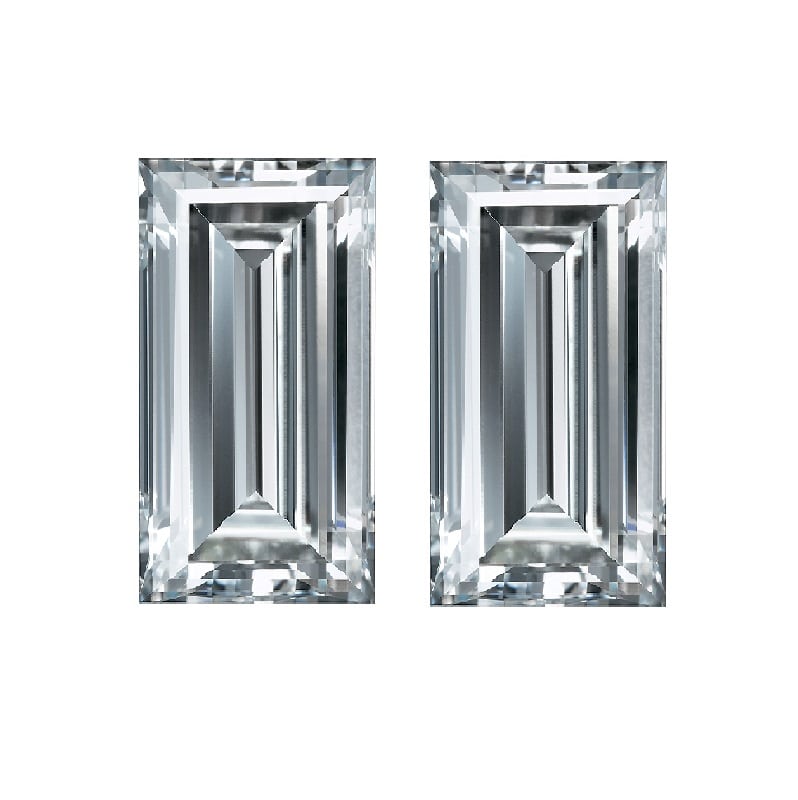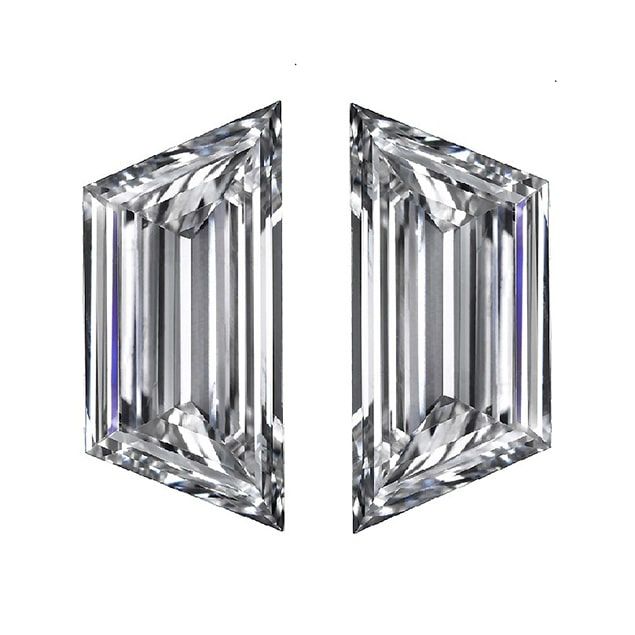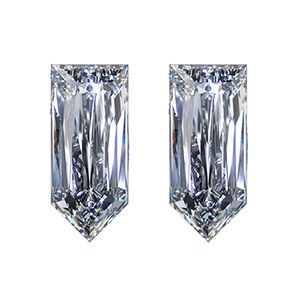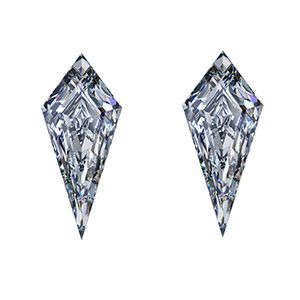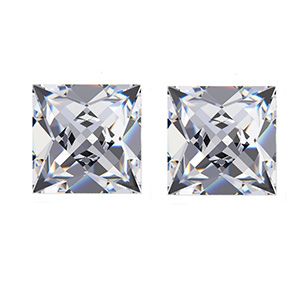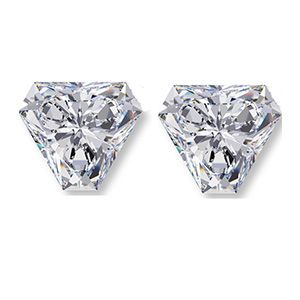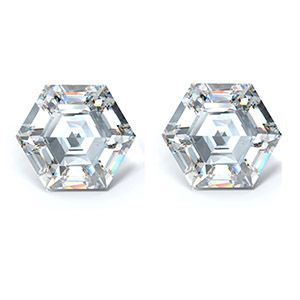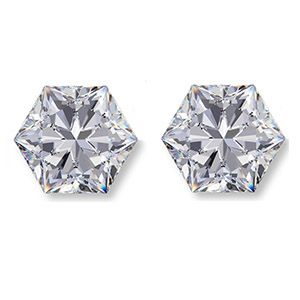The Field of Diamond Cutting is Constantly Evolving
The tale of diamond use is a fascinating and historically significant one, with one end goal in mind… Perfection. To achieve perfection while remaining economical and not wasting too much of the rough materials. The journey to achieve this goal consisted of both completely unique and innovative cuts as well as improving upon pre-existing classics. The following list consists of easy to follow guidelines explaining some of the most popular diamond cuts available today.
Round Brilliant Cut
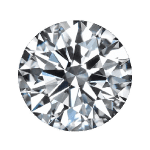
It is the popular consensus that 1919 is when the first brilliant round cut was introduced to the world, by none other than Marcel Tolkowsky. However, this beloved classic has continued to evolve ever since with the end goal being maximizing its brilliance and fire, which is achieved by the light stepping out from the center table right into view. The brilliant round cut without a shadow of a doubt the most popular diamond shape today, and as a result, the most expensive.
Take for example any alternative cut and compare it to a round brilliant cut with all factors being equal. Meaning, its clarity, color, carat and weight, and you will notice a 20% price differential. But there’s more to the price increase than just popularity. In order to achieve the cutting of a round cut, you stand to lose a lot more rough material than the majority of other cuts. Add the classic supply and demand factors which heavily dictate the prices, and you have the added pricing figured out.
Cushion Cut
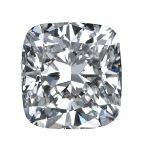
When discussing classic diamond cuts, Cushion Cuts are often brought up, and for a good reason. The cushion is related to the “old mine cut” which was a household diamond cut from the 17th until the 19th century. They were square and showcased a tiny table, high crown, and an unusually large culet.
Now, the modern cushion cut that we know and love truly took things to another level which led to improved symmetry (among other factors) and delivers increased brilliance and fire. Not only that, they also come in different forms, such as the classic Squared, or the Rectangular Cushion. Designers use cushion cut to create old fashioned style jewelry, among other uses. While the cut is not as popular as it was in its hay day, it seems to be increasing in popularity once again thanks to its use in vintage and antiquated jewelry.
Radiant Cut

The radiant is a truly remarkable and masterful diamond cut. It’s a hybrid of sorts, taking after the brilliance associated with the round cut, while maintaining the sophistication and stylish nature of rectangular and squared cuts. The radiant cut is an ideal solution for those that find themselves drawn to more of a rectangular or square shape, but don’t want to lose out on the firey brilliance available in other cuts.
Princess Cut
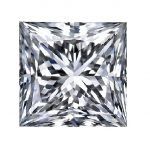
While the round cut remains steady at the top by popular demand, a close and well deserving second is the Princess Cut Diamond. It features unique elements such as a squared or rectangular crowns, pointy corners and sides that are beveled.
While second on the list of popular demand, the princess reigns superior over the round cut in the manufacturing process as it stands to lose significantly less rough material, which as a result leads to more competitive prices.
Pear Shaped Cut
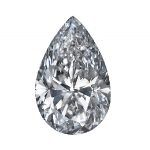
The pear is a respected member of the brilliant cut family of diamonds. While traditional in nature, it’s the consensus that the pear cut is a cross between the marquise, and brilliant round cut. The pear doesn’t deliver clear definitions and known proportions to those of the round brilliant, but it does offer a lot of varieties and a style you can make your own.
Some of the more known variations of the pear cut diamond include elongated drops, shorter, rounded tear-drops, skinny, and stretched.
One thing that should be taken into consideration is the certain likelihood, depending on factors such as angling, facets, and size of the pear cut will result in what is commonly known as the bow-tie effect.
The bow-tie effect is a dark pattern that is visible when viewed from a top angle, but with proper research and knowing what to expect it can be minimized, or even completely avoided. All and all, the Pear shape cut diamond offers those that are looking for something unique that can help them stand out from the rest of the pack in an elegant fashion.
Oval Cut
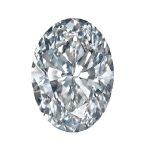
The oval is one of many stones that have the round cut as its ancestor, but it does have some unique difference. The ever elegant oval has a much larger surface area, and in fact, it presents such brilliance that it can even match the classic sparkling fire of the round.
Another perk presented by the oval is that due to being less popular than the round brilliant cut its pricing comes at a significant reduction, making it a supremely alluring alternative.
Emerald Cut
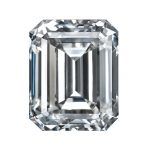
The octagon-shaped Emerald Cut is without a doubt the king of fancy shapes, and while sharing certain similarities with the Asscher and Radiant Cut, there are very distinct differences. The most notable difference about the Emerald is its lower amount of facets compared to similar shapes which in turn returns less brilliance and life but it returns provides unrivalled clarity. The larger facets of the Emerald should be well considered, and the goal should always be to find a piece with minimal inclusions.
Asscher Cut

The Asscher Cut also commonly known as the Square Emerald Cut dates back to 1902, named after its creators, the Asscher brothers. It rose to prominence alongside the art-deco movement with the goal of taking advantage of more of the rough materials that were lost during the manufacturing of Emeralds whilst delivering a masterful diamond cut. While there are a lot of similarities between the Emerald and Asscher Cut, there are some notable differences, including larger facets, and more strict proportions ensuring a square shape.
While the Asscher had some unpopular times during the decay of the art-deco movement it has risen back in the rankings thanks to the ever-growing appreciation of vintage and antique jewelry.
Heart Shape Diamond Cut

The Heart Shape Cut Diamond is a beloved romantic piece that sees a great yearly boost during valentines day, and it’s not hard to understand why. Its origin story is a bit hazy, but one of its earliest mentions on recorded history is in the form of a gift by Mary Queen of Scots to Queen Elizabeth back in 1562.
From a technical standpoint, the heart shape is accomplished by removing the top notch of a pear-shaped cut diamond. While relatively simple in theory, if the goal is achieving a convincing heart shape, absolute symmetrical perfection is a must, especially between the top arches.
Marquise Cut
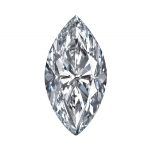
Every diamond has a unique history, but you would find it extremely challenging to find a more fascinating history than that of the Marquise Cut Diamond. The creation of the Marquise Cut goes back as far as the reign King Louise XIV. His court Jeweler presented it to him with the goal of capturing the shape of his mistress’s mouth. Technically speaking, however, the marquise is an elongated oval shaped piece.
While originally intended for one person in mind, the marquise stood the test of time due to a variety of factors. The marquise is a stunningly beautiful piece with feminine attributes such as a slimming ring wearing effect and the competitive edge of appearing larger thanks to being elongated.
Trilliant Cut
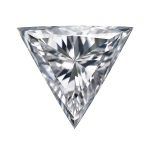
The Trilliant Cut goes by many names with the prominent ones being Trillion or Triangle Cut. When broken down technically it is quite simple. A three equally sided diamond cut forming a triangular shape. The Trilliant is a highly popular side stone for the most part, but it has such impressive capabilities of light retention that it can even be used as a center stone. Trilliant Cuts vary greatly from one another and can come with 31 to 50 facets.

